If you’re a proud hamster owner, you probably know that getting your furry friend’s diet right is crucial to their health and happiness. In this blog post, we’ll explore the role of carbohydrates and fats in your hamster’s diet, and share tips on how to ensure they’re getting the right balance for their needs. So, grab a snack (for you, not your hamster!), and let’s dive in.

1. Importance of Balanced Nutrition
It is crucial for pet owners to understand the importance of balanced nutrition when it comes to feeding their hamsters. A well-balanced diet that meets their nutritional needs ensures the overall health and well-being of the furry little creatures. As discussed in the previous sections, hamsters require a diet that is high in carbohydrates, protein, and fats, along with vitamins and water. The recommended percentages for a species-appropriate diet for an average hamster are 15-18% protein, 6-12% fat, and 10-15% fiber.
A balanced diet that includes all these nutrients in the right proportions can help hamsters avoid health problems such as obesity, heart disease, and diabetes. Therefore, it is essential to provide a nutritionally complete diet to hamsters to ensure optimal health and happiness.
2. Recommended Nutritional Percentages
When it comes to feeding a hamster, it’s important to provide balanced nutrition to ensure their health and well-being. The recommended nutritional percentages for a species-appropriate diet are 15-18% protein, 6-12% fat, and 10-15% fiber. Proteins, carbohydrates, and fats all play important roles in a hamster’s diet, with proteins being essential for muscle growth and repair, carbohydrates serving as an energy source, and fats providing additional energy and essential fatty acids. Hamsters have specific nutritional needs, with pregnant or baby hamsters requiring even higher percentages of protein.
Good sources of carbohydrates for hamsters include whole grains and fruits, and dietary fiber is also important for digestive health. Pellet-only pet food can provide a balanced diet but offering a variety of foods can prevent selective eating. By following recommended nutritional percentages and providing a variety of nutrient-rich foods, hamsters can thrive and lead healthy happy lives.
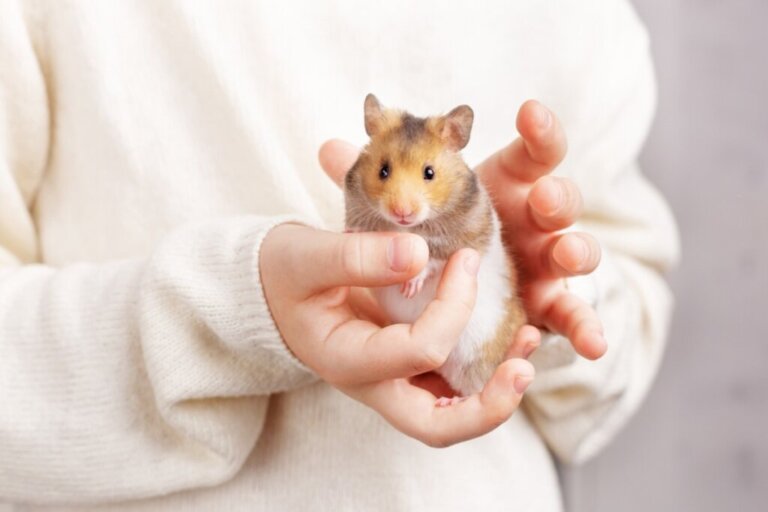
3. Role of Proteins, Carbohydrates, and Fats
When it comes to hamster nutrition, it’s important to strike a balance between carbohydrates, proteins, and fats. Carbohydrates provide the main source of energy for the body, so they’re crucial for keeping your hamster active and healthy. However, it’s also essential to ensure that they’re getting enough protein to support growth and maintain muscle mass. Fats can also be a valuable source of energy and help with nutrient absorption.
In addition, it’s important to consider your hamster’s specific nutritional needs, which may differ depending on age, size, and activity level. Overall, providing a balanced diet that includes the right amount of carbohydrates, proteins, and fats can help keep your hamster healthy and happy.

4. Hamster’s Specific Nutritional Needs
Hamsters have specific nutritional needs that must be met to ensure their health and well-being. As mentioned in the previous sections, a balance of proteins, carbohydrates, and fats is crucial for a proper diet. Hamsters require a minimum of 16% protein in their food, but too much fat can be harmful to their health. Additionally, hamsters need complex carbohydrates to maintain healthy digestive function. It’s important to note that the specific nutritional needs of hamsters may vary based on their size, age, and overall health.
To prevent selective eating, commercial pellet foods should be the primary source of nutrition for hamsters, as they contain all the necessary nutrients in appropriate proportions. Lastly, hamsters require a high proportion of fiber in their diet, which can be obtained through vegetables, fruits, and hay. By keeping up with their specific nutritional needs, hamsters can lead healthy, happy lives.
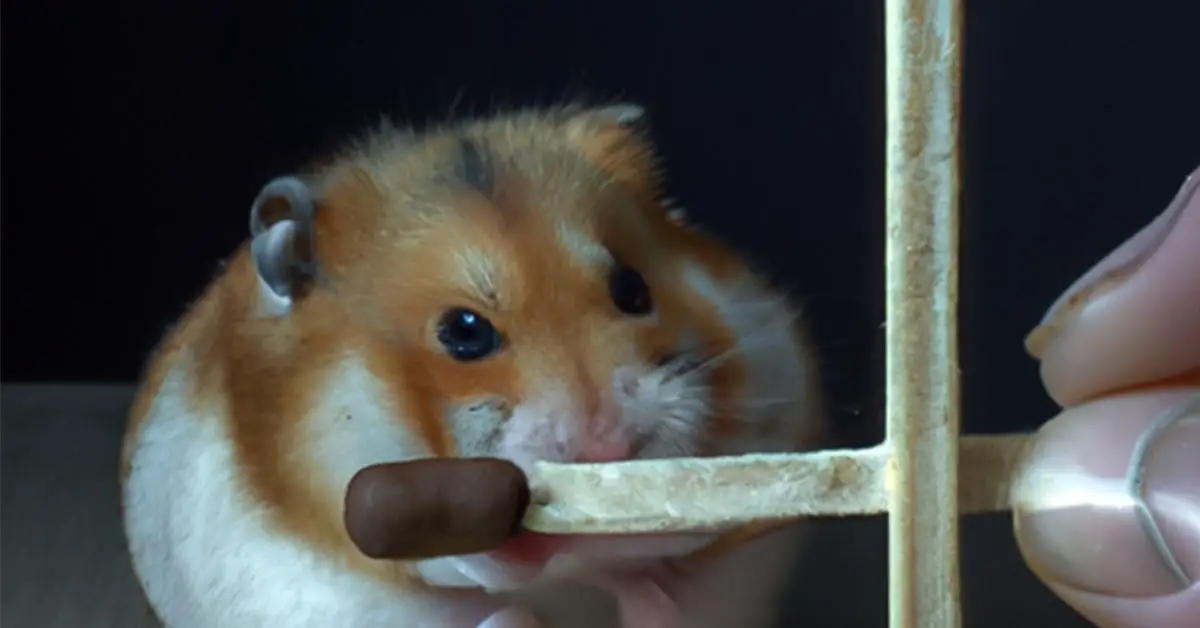
5. Types of Carbohydrates
Carbohydrates are an essential part of a hamster’s diet, as they provide the body with energy to keep going. However, not all carbohydrates are created equal. There are different types of carbohydrates, such as simple sugars and complex carbohydrates, which have varying effects on the body. Simple sugars, like those found in fruits, can provide quick bursts of energy but may also lead to weight gain if consumed in excess.
On the other hand, complex carbohydrates, like those found in whole-grain products and vegetables, can provide sustained energy and promote digestive health. Therefore, it’s important to provide a variety of carbohydrates in a hamster’s diet and to balance it with the appropriate amount of protein and fats. A balanced diet can ensure that hamsters are getting the necessary nutrients they need to stay healthy and active.
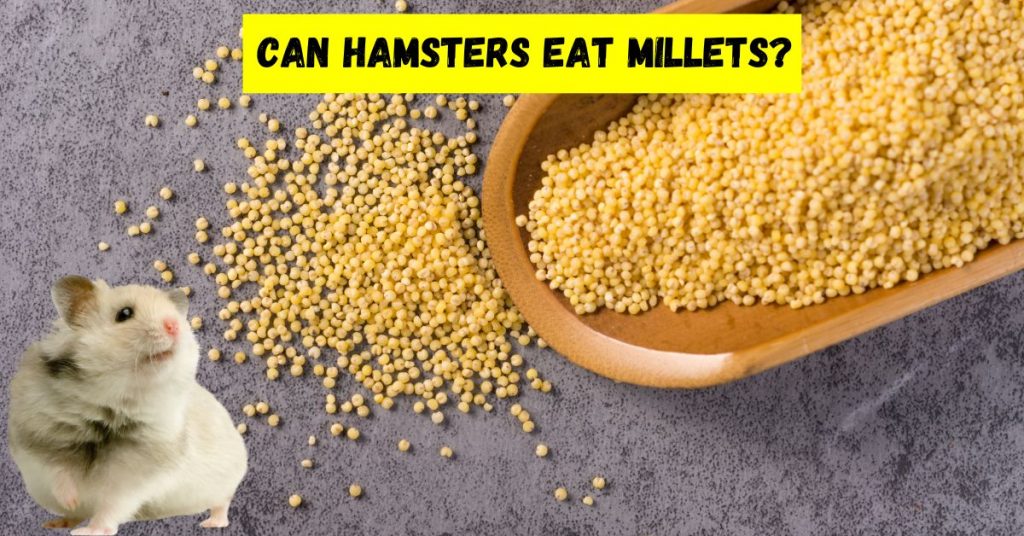
6. The Benefits of Dietary Fiber
Dietary fiber is an important nutrient for hamsters, as evidenced by its inclusion in many hamster food formulations. This type of carbohydrate is instrumental in keeping the digestive system functioning properly, and it plays a key role in regulating blood sugar levels. Additionally, dietary fiber promotes satiety, which can be beneficial in preventing overeating and obesity. As a result, it is important to make sure that your hamster’s diet includes adequate amounts of both soluble and insoluble fiber.
Soluble fiber is found in fruits and vegetables, while insoluble fiber can be obtained from sources like wheat bran or hay. By incorporating these fiber-rich foods into your hamster’s diet, you can help ensure that they maintain optimal digestive health and overall well-being.

7. Energy Source in Carbohydrates and Fats
When it comes to providing energy for hamsters, both carbohydrates and fats play an important role. Carbohydrates are the primary source of energy and come in many forms, including sugars, starches, and dietary fibers. A balanced diet for hamsters should contain some carbohydrates to provide them with a quick burst of energy. Additionally, fats can provide a long-lasting source of energy for hamsters. It’s essential to note that while fats are a more energy-efficient source, they should still be consumed in moderation as too much fat can lead to obesity and health issues.
When feeding your hamster, it’s crucial to ensure they have a balanced diet that includes both carbohydrates and fats in appropriate proportions, along with sufficient proteins and dietary fibers to maintain their health and energy levels.
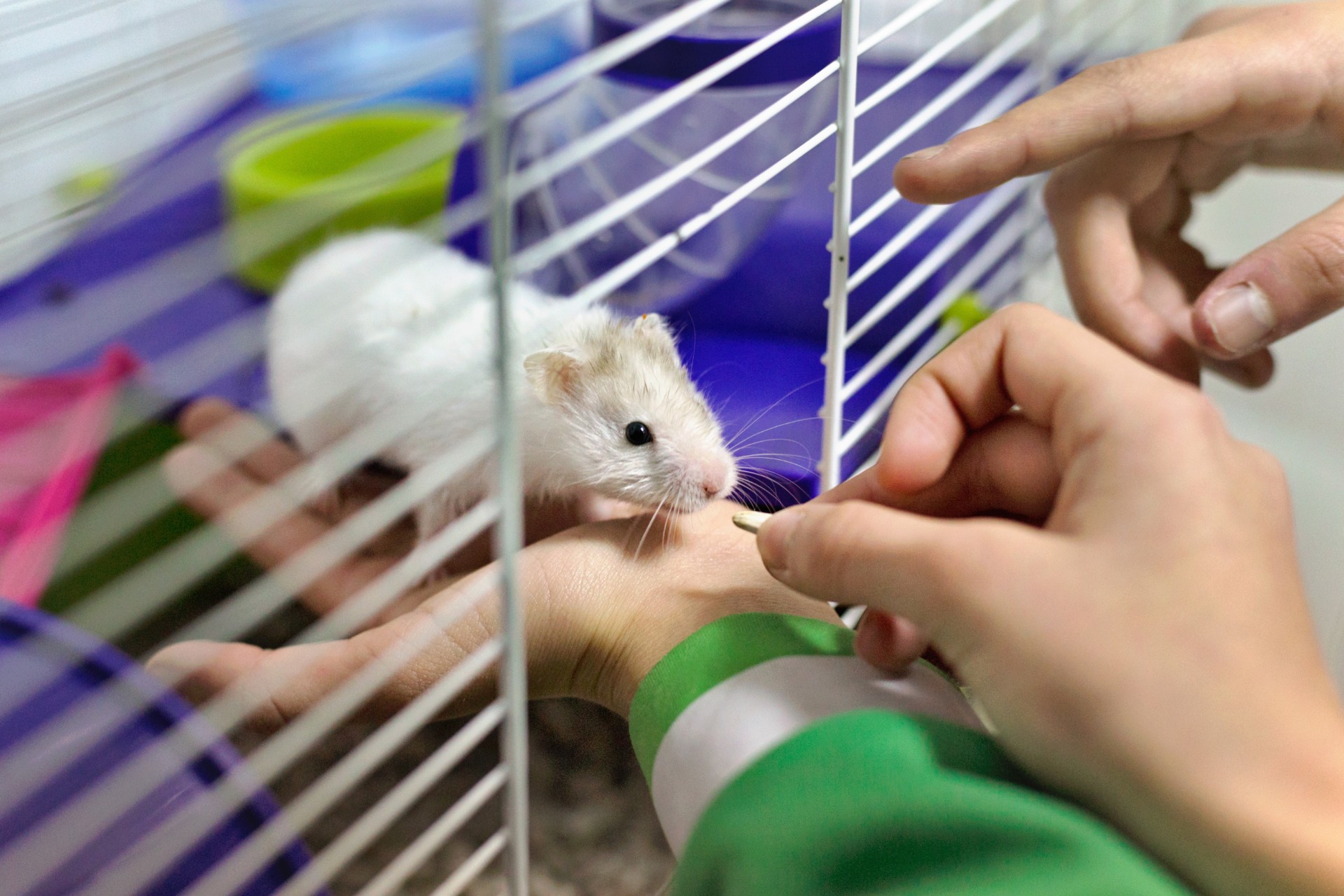
8. Pellet-only Pet Food for Hamsters
When it comes to providing a balanced diet for hamsters, some owners prefer to rely on pellet-only pet food. While pellets can offer complete nutrition, it’s important to remember that hamsters may need variety in their diet as well. Pellets contain carbohydrates and fats for energy, but they may not provide enough of the specific nutrients that a hamster needs.
Additionally, a pellet-only diet may lead to selective eating, where the hamster only eats certain parts of the food and ignores the rest. It’s still important to provide fresh fruits and vegetables to supplement the pellet diet and ensure that your hamster receives the right balance of nutrients.
9. Selective Eating Prevention
To prevent selective eating in hamsters, it is important to offer a variety of foods in their diet. While a pellet-only diet may seem convenient, it can also lead to picky eating habits. By offering a mix of fresh fruits and vegetables, grains, and occasional treats, hamsters are more likely to consume a balanced diet without being picky. It is also recommended to rotate the types of food offered, as hamsters can become bored with the same meals repeatedly.
A balanced diet is crucial for a hamster’s overall health and well-being, so it is important to provide a diverse selection of foods to encourage a healthy and varied diet.
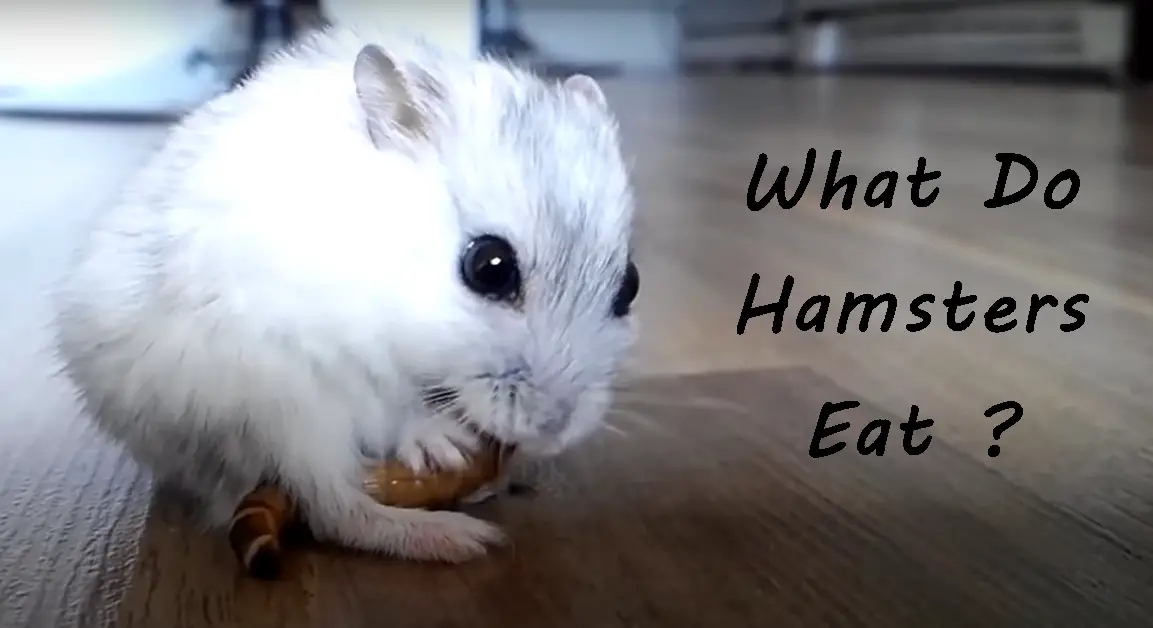
10. Good Sources of Carbohydrates for Hamsters
In addition to protein and fat, carbohydrates are an important component of a hamster’s diet. But not all carbohydrates are created equal when it comes to hamsters. Good sources of carbohydrates for hamsters include whole grains, such as oats and barley, fruits, and vegetables such as carrots and broccoli. These foods provide both energy and essential nutrients, making them an important addition to your hamster’s diet.
It’s important to remember that too much of any one type of food can be harmful to your hamster’s health, so it’s best to provide a balanced mix of carbohydrates, protein, and fat in their diet. As always, it’s important to consult with a veterinarian or do thorough research before making any significant changes to your hamster’s diet.
- Diy Delights: Creative Ideas For Hamster Toys And Accessories - April 13, 2024
- Creating A Healthy Habitat: Essential Tips For A Happy Hamster Home - April 13, 2024
- Enrichment Galore: Boosting Your Hamster’s Happiness With Emojis - April 13, 2024


